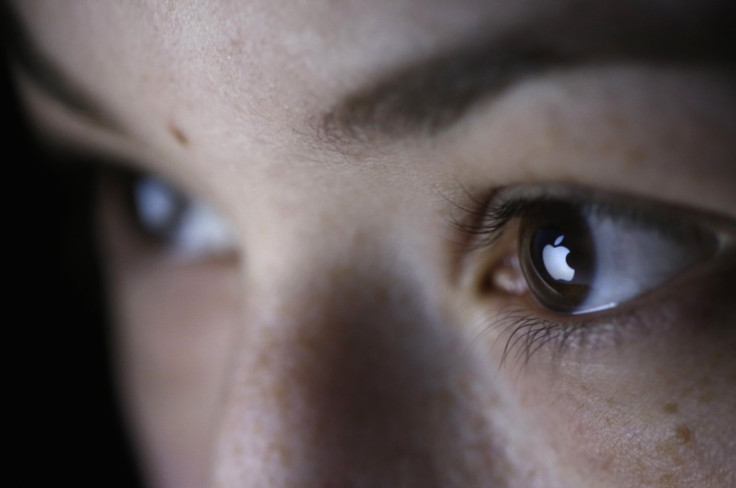Apple Inc. Hires Microsoft HoloLens Engineer To Bolster Augmented Reality Efforts

Apple’s hire of a key Microsoft HoloLens employee is bringing fresh speculation the company is developing its own augmented reality technology. The change in employment for former Microsoft engineer Nick Thompson was spotted by Piper Jaffray analyst Gene Munster, according to a research note published by his investment firm.
Thompson has been the audio hardware engineer lead for the HoloLens team at Microsoft since 2012, but in July he started a new job at Apple as an engineer, his LinkedIn profile indicates. “Based on recent acquisitions of augmented reality companies, hiring of a key Microsoft Hololens employee, and conversations with industry contacts within the virtual and augmented reality spaces, we believe Apple has a team exploring [augmented reality],” Munster wrote in the research note. “While augmented reality is likely 10 years away from broader consumer adoption, we believe it has the potential to be as profound a technology platform as the smartphone today.”
Thompson’s hire is one of many moves Apple has made in virtual and augmented reality. In 2013, Apple spent $345 million to acquire Israel-based 3D sensing company PrimeSense, known for designing the first Kinect motion-sensor for the Xbox 360, according to Israeli financial newspaper Calcalist. In May, it acquired Metaio, a German augmented reality startup that provided its services to companies such as Ikea and Ferrari.
Apple’s work with AR and VR goes back to at least 2006, according to a patent titled “Peripheral Treatment for Head-Mounted Displays,” published by the U.S. Patent and Trademark office. Apple credits director of mechanical engineering at Sonos John Tang and iPod creator Tony Fadell for the invention.
Next year, several virtual reality headsets are expected to be released to developers and the public, including Facebook’s Oculus, Sony’s Project Morpheus, HTC’s Vive and Microsoft’s HoloLens. Officially Microsoft hasn’t set a firm release date for its augmented reality headset, though developers may find it in their hands sometime next year, Microsoft CEO Satya Nadella told BBC News.
Google is also taking a second stab at augmented reality with Google Glass 2.0. The company started distributing the head-worn computer in July, but primarily to businesses, the Wall Street Journal reported.
© Copyright IBTimes 2025. All rights reserved.




















